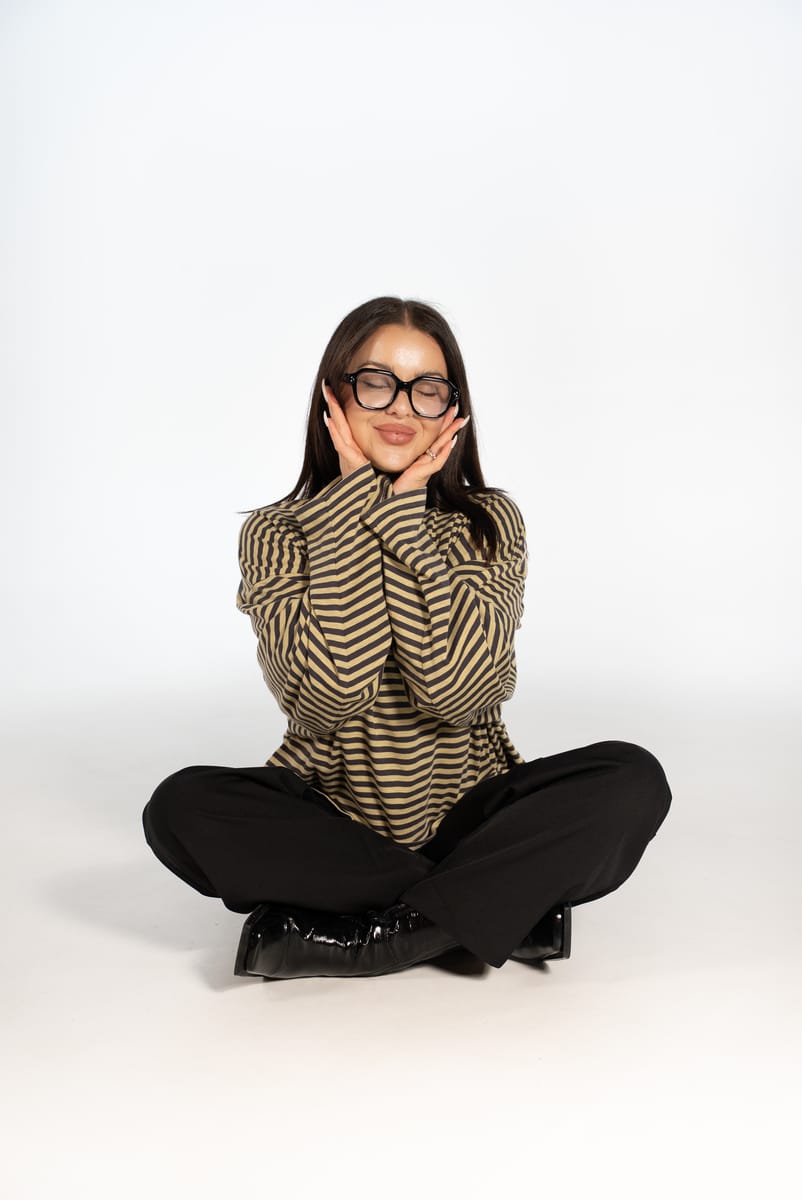
Bandit Running spotlighted 35 unsponsored athletes at the U.S. track and field Olympic trials with sleek, logo-free gear. This approach empowers athletes and helps them attract future brand sponsorships.
Something was different at this year’s U.S. track and field Olympic trials this year.
The usual sea of colourful, branded apparel was largely replaced by an army of runners in all black gear without a logo in sight.
This was Bandit Running’s army, on a mission to end the sport’s sponsor problem.
The 35 athletes who wore Bandit gear are supported by the brands ‘Unsponsored Project.’
This project is an effort to challenge the standard sponsorship model for professional athletes and boost up-and-coming competitors.
Bandit’s initiative supports unsponsored athletes betting on themselves at this year’s Olympics. They're providing unbranded kits, cash to help with various expenses tied to competing, and a platform for the runners to shine.
According to Believe in the Run, the sponsor problem in running is no joke.
Most runners on the track at trials have sponsors. But a handful do not.
These runners aren't just fighting for their spot in the Olympics. They’re also fighting to get noticed by big brands, as explained by marketing guru Jake Heyen.
In the absence of sponsor money, track and field athletes often run roads in the morning and treadmills in the evening. In between, they work tirelessly in run-specialty stores, coffee shops, and other odd-jobs to make ends meet.
Then, on race day, they appear in footwear and apparel acting as free human billboards for brands who put no money or time into these runners.
When they make history, these big brands reap the rewards for free.
This is the life of an unsponsored athlete.
It's not a new problem, but it is a hidden one. When we see a runner at the start line, we assume they’re wearing all sponsored gear. But often, they’ve paid for everything head to toe themselves.
Bandit Running is putting a spotlight on these athletes in the most stylish of ways.
Taking the chic, quiet fashion route, the brand has decked out 35 unsponsored runners in their sleek all-black, unbranded attire. This is in stark contrast to their flashy competition.
The goal here is to call attention to these athletes, allowing them to 'openly declare their independence as they chase their Olympic dreams.'
Additionally, each athlete participating in the Unsponsored Project will receive cash compensation. This will help cover the expenses associated with training and competing at the Olympic Trials.
Bandit is also introducing release clauses in these agreements. This ensures athletes remain free to accept traditional sponsorship offers that may arise if they choose to.
This is ingenious marketing.
It empowers athletes to declare their independence. It sends a message to the big brands that says, 'Hey, I’m unsponsored. I just slayed that race, who wants me?'
Not only that, Bandit is doing these big brands a favour by highlighting the unsponsored talent in each race. Brands now know who to scout and sign after the fact. And this, of course, leads to money in their pockets from future sponsorship deals.
It’s ALSO exposure for Bandit Running, without the need to plaster their logo all over the track.
They’re the quiet heroes, creating a unique win-win-win scenario where everybody eats.
My takeaways:
Empower the underdogs. Bandit Running’s initiative creates positive brand association. By identifying and supporting under-represented or underserved segments within an industry, brands can create campaigns that elevate real life people.
Create visibility. Using the absence of something, in this case brand logos, to draw attention to the athletes is so clever. The contrast creates visibility for the runners that need it most. This strategy creates brand awareness without relying on traditional, overt branding techniques. Try incorporating subtle, creative methods that create intrigue and conversation with your audience.
In print, you learn about the use of negative space as a spotlight for your main message.
It’s like the quiet pause in a noisy world, making some parts of your ad more important by giving them that space and guiding people’s eyes to what matters most.
The genius in this campaign is the use of that same principle in the context of a sporting event.
Some elegant, and extremely clever creative by Bandit Running.
-Sophie, Writer
